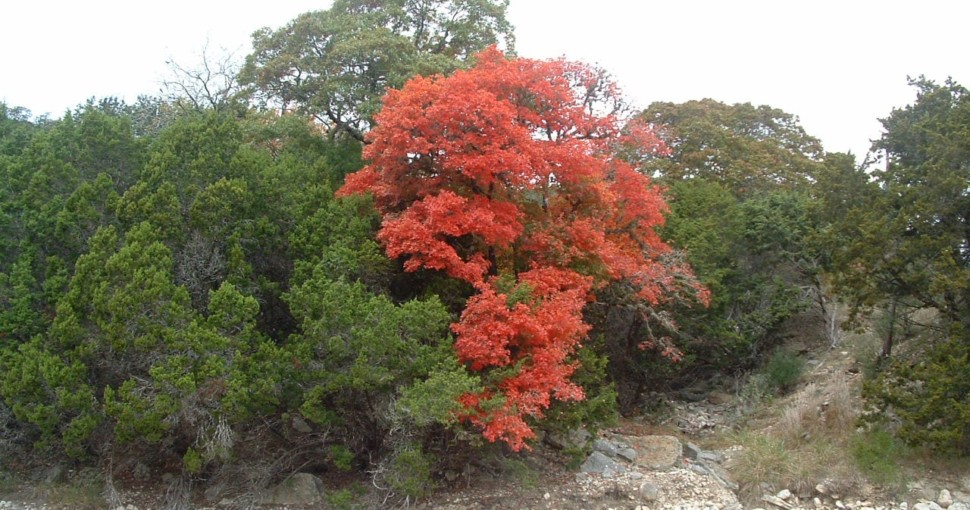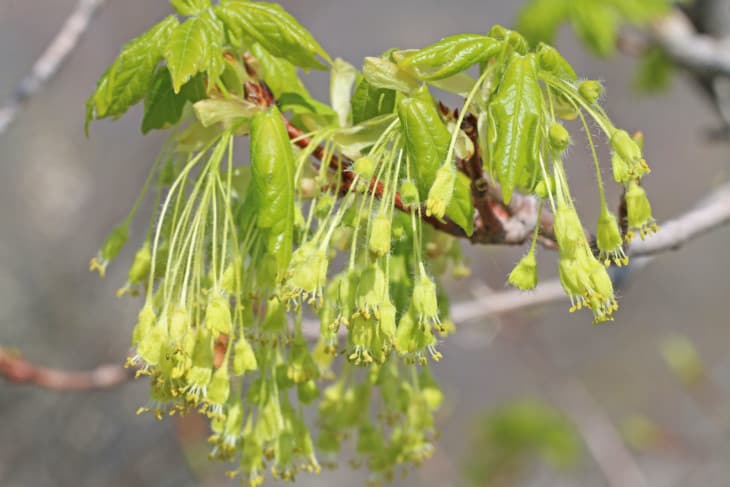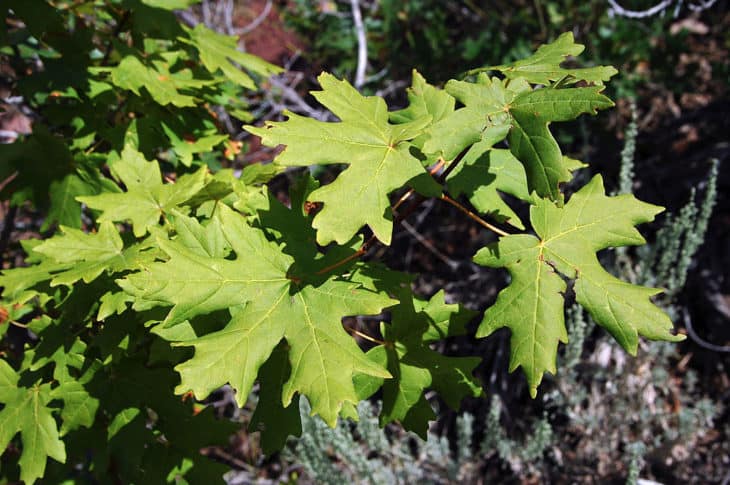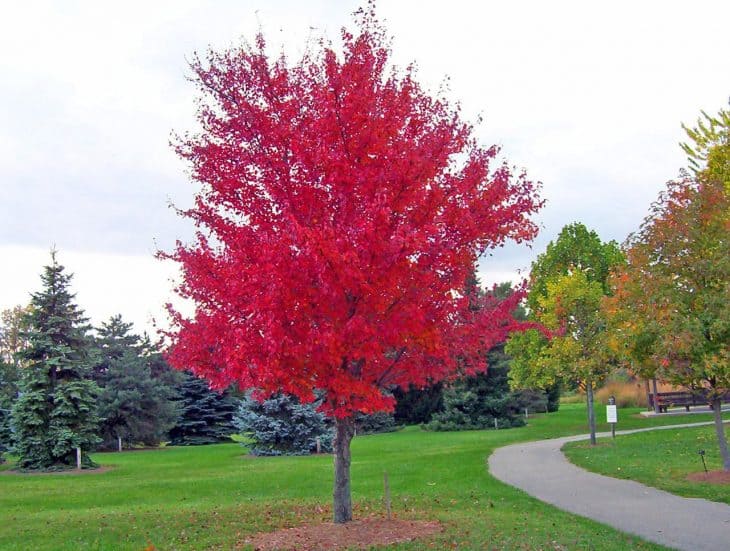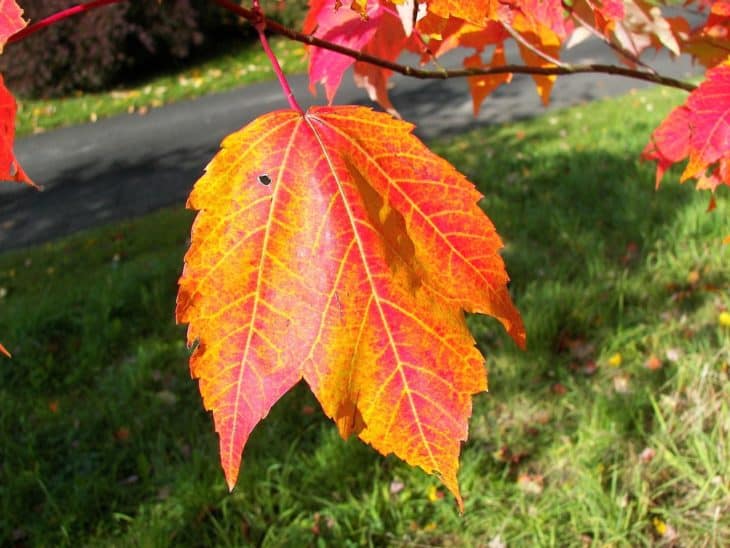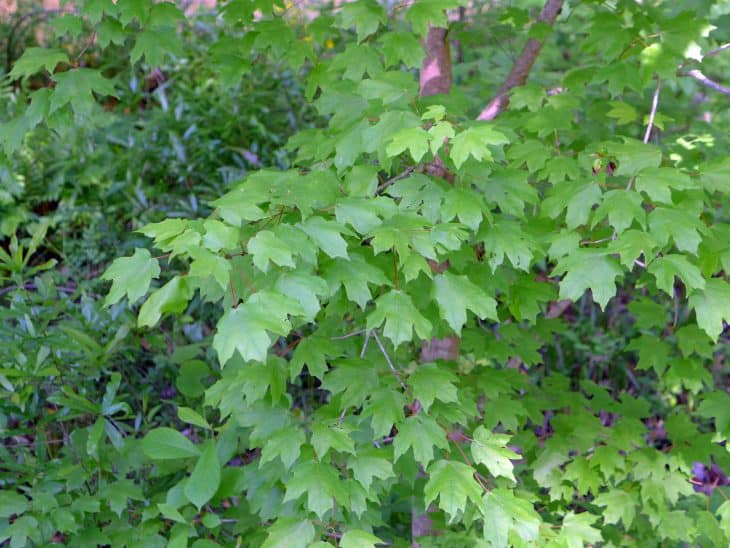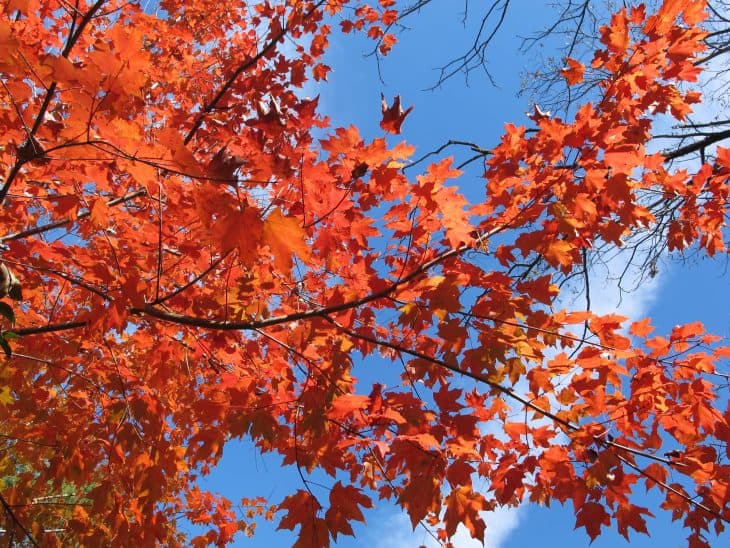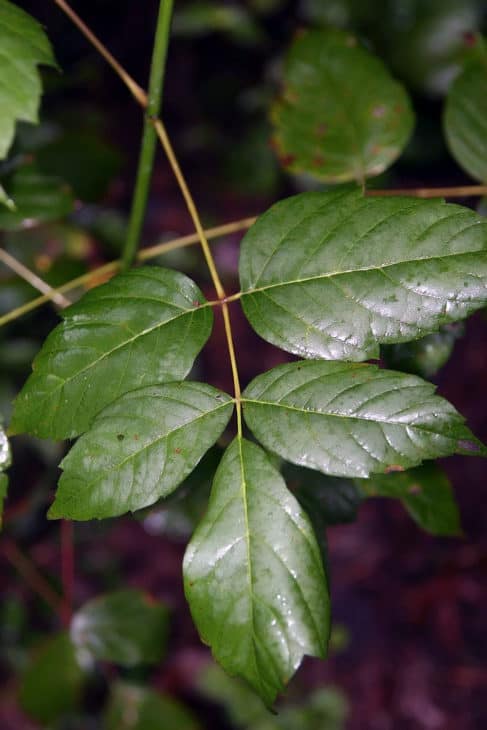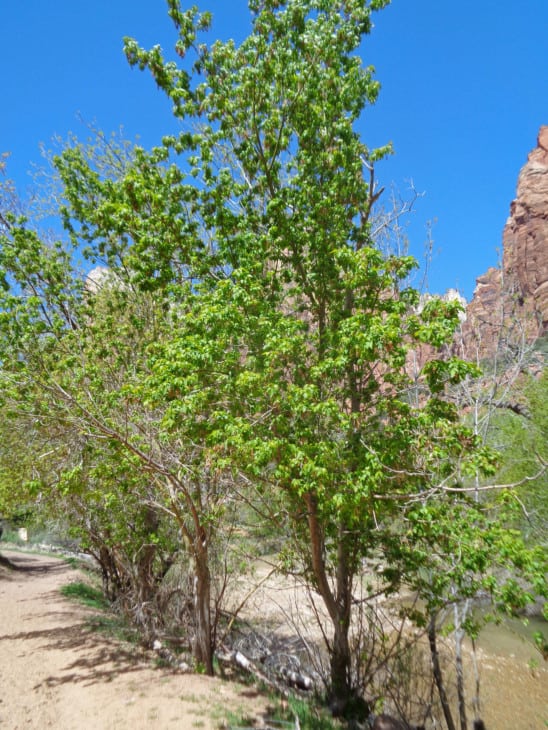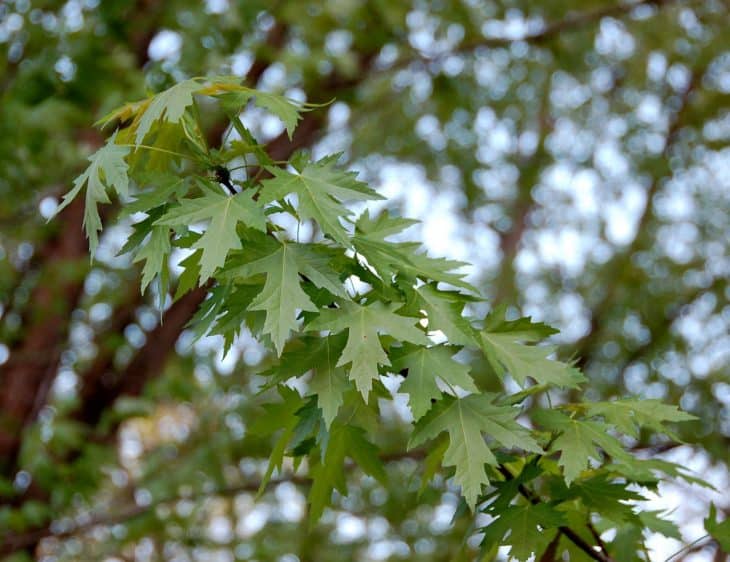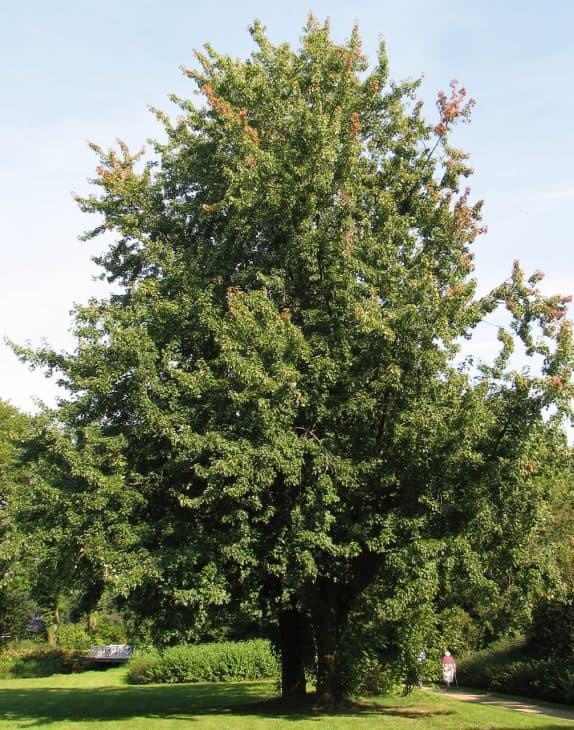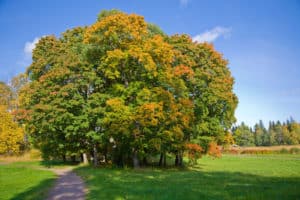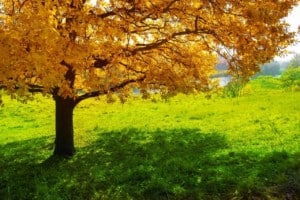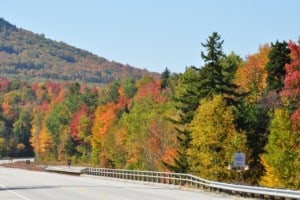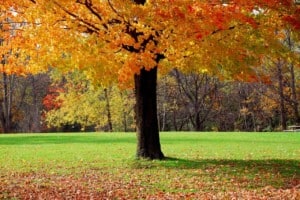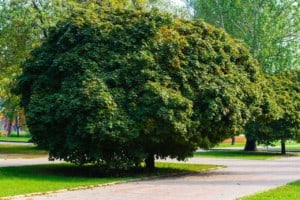There are approximately 100 different species of maple trees around the world. The weather in Texas is ideal for producing a variety of maple trees. Texas maples are as colorful as those found in the Northeast and are generally drought-tolerant, though some trees require a water source to thrive.
Contents
Throughout Texas, some of the best concentrations of maple trees can be found in the deep canyons of central Bandera County, centered around the Lost Maples State Natural Area. Other locations include the Texas-New Mexico border’s the Guadalupe Mountains National Park, Belton, and the western Glass Mountain region.
Maple trees put on a stunning spectacle of fiery autumn leaves with brilliant colors of crimson, gold, amber, yellow, orange, and burgundy whenever the requirements are ideal in autumn. The maples’ vibrancy and range of colors are magnificent, but the hues result from the environmental changes as the weather becomes cooler in the fall. Colors are intensified when the weather is pleasant, but they are subdued when the weather is hot and humid.
While maple trees grown in Texas do not often yield sap for maple syrup or sugar manufacturing, they can bring beauty and uniqueness to the state’s landscape and can be used in small and large gardening projects. The Lost Maples are some of Texas’ most coveted native trees due to their amazing beauty and hardiness. Some of these trees are the Bigtooth Maple, Red Maple, Chalk Maple, Box Elder Maple, and Silver Maple.
Let’s talk about each of these in detail.
1. Bigtooth Maple (Acer grandidentatum)
Native to Texas, the Bigtooth Maple is a shrubby or tree-like plant that matures to a height of 10-15 feet but can grow to be much taller. Its limbs are robust and straight, and its scaly bark is dark brown. In autumn, the slightly thick, three- to five-lobed evergreen leaves turn a brilliant red and gold color. It flowers in spring with yellow-green clusters.
2. Red Maple (Acer rubrum)
On trees up to 50 to 70 feet in height, the Red Maple bears spectacular crimson to orange flowers in the spring and winters and orange to red foliage. The blossoms and leaves of the female trees may be a richer crimson color. In acidic soils, they yield the best growth and color, but in Texas, they thrive in wet soils.
3. Chalk Maple (Acer leucoderme)
The Chalk Maple reaches up to 25 feet and is the most colorful maple in Texas. The bark becomes chalky and light-gray as it matures. It has yellow-orange to dark-red leaves in the autumn, while in spring, it blooms with small greenish-yellow buds. It is indigenous to Texas but is also quite rare. It can thrive in rocky or desert areas and is drought tolerant.
4. Box Elder Maple (Acer negundo)
The Box Elder Maple is commonly found in the floodplains of Texas and has pale green leaves. It matures to be approximately 50 to 75 feet in height. In March and April, male and female greenish-yellow flowers appear in clusters. It can be distinguished amongst other maple trees because of its irregular growth, foundation, and complex leaves.
5. Silver Maple (Acer saccharinum)
The Silver Maple is a swiftly growing tree that may reach heights of 50 to 70 feet and tolerates various soil conditions, from moist to dry. It has a shorter life than other maples, a faint yellow fall color, and strong roots that can damage sidewalks and roadways. It has red and yellow flowers that bloom in the spring.

